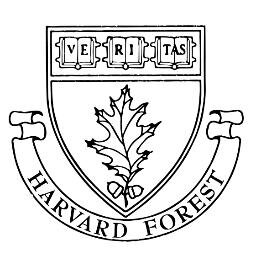Dataset Overview
Hemlock decline in New England is caused by direct and indirect effects of invasion of the hemlock woolly adelgid. Direct damage from the insect is causing gradual mortality of hemlock. Widespread harvesting of hemlock in advance of mortality, in contrast, causes immediate mortality and removal of biomass from the site. Although both processes affect thousands of acres of forest annually, we have only a limited understanding of their effects on forest ecosystem function and productivity and the nature of the subsequent forest community. We anticipate that harvesting will yield different consequences than gradual mortality from the insect. Therefore we designed an experiment to simulate these contrasting impacts, by logging or girdling hemlock stands. Results from the experimental treatments are compared to the changes observed in forests that are being infested by the adelgid, and can also be included in integrated analyses of a suite of large experiments that form a core component of the Harvard Forest LTER program
- Purpose
The objective of this study is to collect data that will help compare and contrast the effects of tree removal versus tree death due to adelgid infestation.
- Data Collection Status
-
Data collection for this dataset is ongoing
- Start date
2003-01-01
- Data Availability
-
This dataset is available to download from another website
- Data License
Linked - Third party determines data license
- Preferred Citation
Foster D, Orwig D. 2016. Hemlock Understory Vegetation Plots at Harvard Forest since 2002. Harvard Forest Data Archive: HF048. Available at: http://harvardforest.fas.harvard.edu:8080/exist/apps/datasets/showData.html?id=hf048
- Update Frequency
Unknown
- Maintenance Plan
Not provided
- Links
-
- Hemlock Understory Vegetation Plots at Harvard Forest since 2002
- Harvard Forest
- Related Datasets
- Determining Dataset Similarity

